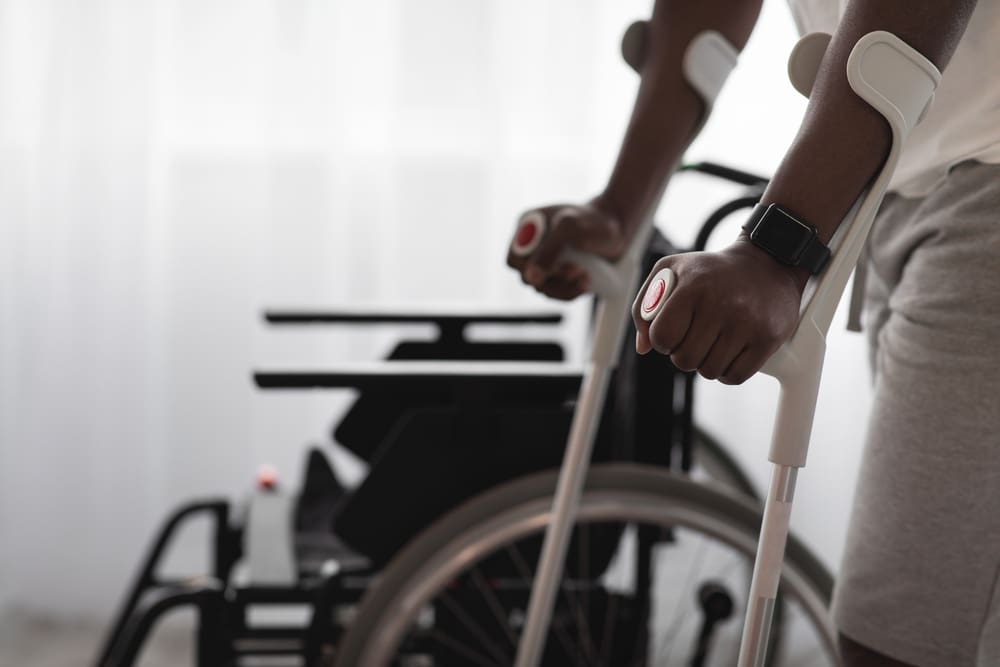Strokes are a leading cause of disability and death worldwide. While surviving a stroke is a victory, it’s important to understand that stroke survivors are at an increased risk of experiencing another stroke, often referred to as a recurrent stroke. This article explores the reasons strokes strike twice and what steps can be taken to minimize this risk.
Understanding strokes
A stroke occurs when blood flow to part of the brain is interrupted. This can happen due to a blockage in an artery (ischemic stroke) or a burst blood vessel (hemorrhagic stroke). Deprived of oxygen and nutrients, brain cells begin to die, leading to symptoms like weakness, numbness, speech difficulties and vision problems. The severity of symptoms depends on the location and size of the stroke.
Why are stroke survivors more prone to another stroke?
Having a stroke disrupts the normal functioning of the brain and blood vessels. This creates a fertile ground for another stroke to occur. Here’s a closer look at the key factors:
- Underlying medical conditions: Many medical conditions, like high blood pressure, high cholesterol, diabetes and atrial fibrillation (irregular heartbeat), contribute to strokes. If left uncontrolled, these conditions continue to damage blood vessels and increase the risk of recurrent strokes.
- Scarring: After a stroke, the brain tissue that dies is replaced by scar tissue. This scar tissue can weaken the blood vessel walls, making them more prone to rupture or blockage in the future.
- Lifestyle habits: Unhealthy lifestyle habits like smoking, excessive alcohol consumption and physical inactivity contribute to stroke risk factors like high blood pressure and cholesterol. Continuing these habits after a stroke significantly increases the risk of recurrence.
- Silent strokes: Sometimes, people experience small strokes with no noticeable symptoms (silent strokes). These silent strokes can still damage blood vessels and increase the risk of a future stroke with more severe symptoms.
Recognizing the signs and taking action
Early detection and intervention are crucial in preventing recurrent strokes. Here’s what you can do:
- Partner with your doctor: Regular doctor visits and adherence to prescribed medications for blood pressure, cholesterol, and diabetes are essential. Your doctor will also monitor for signs of silent strokes and other complications.
- Maintain a healthy lifestyle: Quit smoking, limit alcohol intake and engage in regular physical activity. A heart-healthy diet rich in fruits, vegetables and whole grains is also crucial.
- Manage stress effectively: Chronic stress can contribute to high blood pressure and other stroke risk factors. Practice relaxation techniques like yoga or meditation.
- Know the warning signs of stroke: Remember the acronym “FAST” which stands for:
- Facial drooping
- Arm weakness
- Speech difficulty
- Time to call emergency services
If you experience any of these symptoms, seek immediate medical attention. Early intervention can significantly improve the outcome of a stroke and minimize the risk of long-term complications.
Living well after a stroke
While a stroke history increases the risk of recurrence, it doesn’t mean you can’t live a full and healthy life. By working closely with your doctor, adopting healthy lifestyle habits and being aware of the warning signs, you can significantly reduce your risk of another stroke.
Here are some additional tips for living well after a stroke:
- Rehabilitation: Participating in physical, occupational and speech therapy can help regain lost skills and improve your overall well-being.
- Support groups: Connecting with other stroke survivors can provide emotional support and valuable information.
- Staying positive: A positive attitude can go a long way in managing stress and promoting overall health.
Remember, preventing a recurrent stroke is an ongoing process. By adopting a proactive approach and making healthy choices, you can significantly reduce your risk and live a long and fulfilling life.
This story was created using AI technology.















